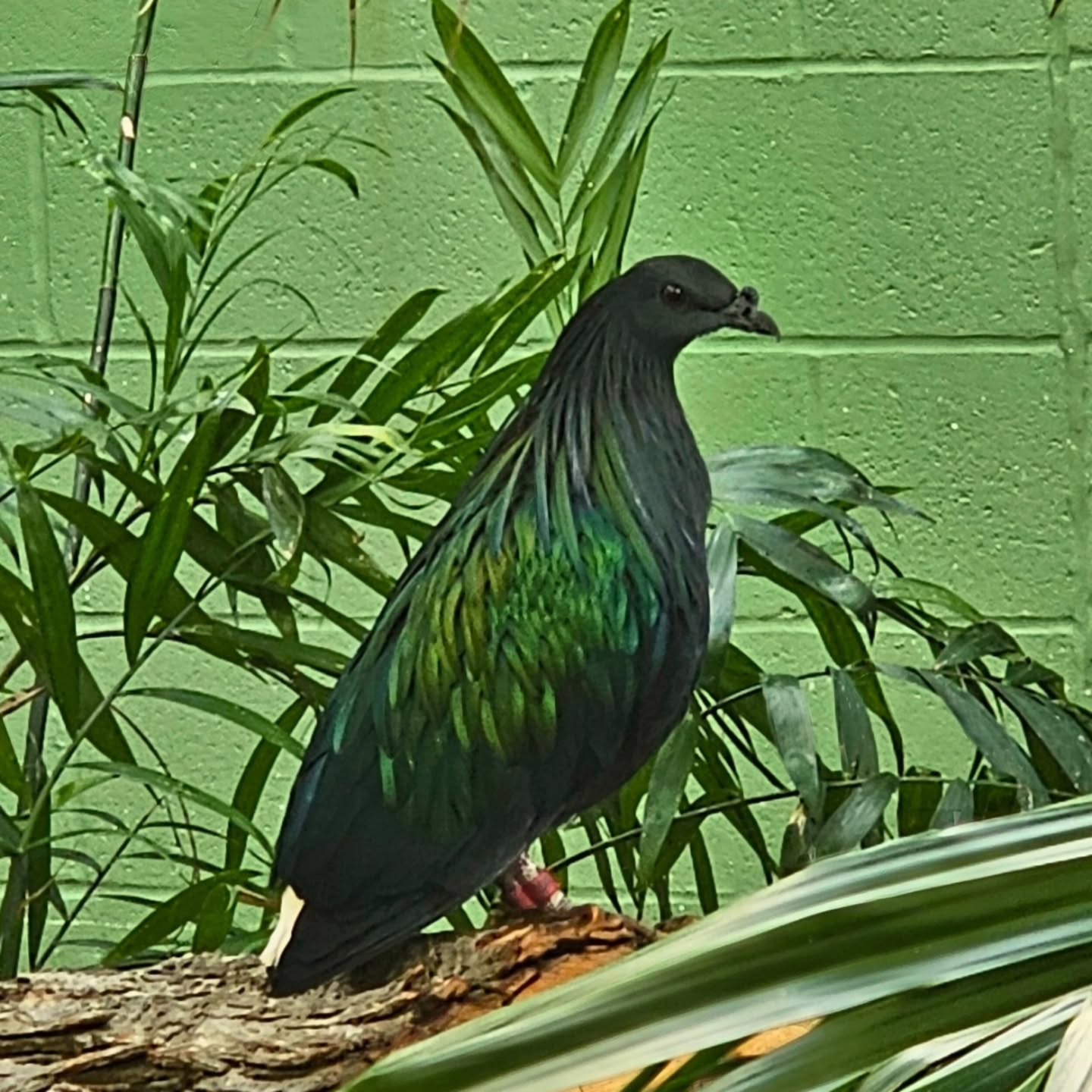- Exploring the significance of color in animal behavior and its implications for personality interpretation.
- Examining the role of color expression in zoo management and visitor engagement.
- Discussing the impact of color on conservation efforts, particularly in fostering public interest and education.
- Analyzing human psychological associations with colors and how these perceptions influence conservation messaging.
- Delving into practical examples of how institutions leverage specific colors to enhance animal welfare and visitor experiences.
Colors have long served as more than just visual stimuli; they are instruments that shape behaviors, signal emotions, and define personalities across many species. Whether through mating displays, warning signals, or camouflage, animals utilize color for critical communication, survival, and reproduction. For instance, vibrant colors in birds, like the peacock’s tail feathers, often indicate health and genetic advantages, attracting potential mates. In cuttlefish, dynamic skin color shifts allow instant adaptation for predation or evasion. The animal kingdom showcases this aesthetic diversity, and understanding these patterns offers insights into the complex interplay between visual cues and behavioral expression.
When reflecting on human interpretations of color, especially within zoo environments, one must consider how color shapes visitor experiences and animal interactions. Zoos often utilize color schemes that harmonize with the exhibits, enhancing animal visibility and visitor immersion. For example, the vivid green hues of a rainforest exhibit may draw visitors into a more authentic engagement with the displayed species, such as tree frogs or parrots. These experiences foster appreciation and awareness, thereby encouraging support for conservation initiatives. Furthermore, aligning an animal’s natural habitat colors helps reduce stress, promoting their natural behaviors and overall welfare. Zoo design thus skillfully balances aesthetic appeal and habitat authenticity, enhancing both educational value and animal welfare.
In conservation efforts, the strategic use of color can greatly affect public perception and engagement. Animal species with striking colors often capture public interest more significantly than those with duller appearances. Documentaries and conservation campaigns frequently feature charismatic megafauna, such as pandas with their distinct black-and-white markings, to galvanize public support and fundraising efforts. By highlighting these species, conservationists aim to trigger deep emotional responses, fostering a sense of connection and urgency within the audience. This tactical use of color in conservation messaging is pivotal in rallying broad support for biodiversity protection and habitat restoration efforts.
The psychological dimension of color perception cannot be overstated. Humans inherently associate colors with certain emotions and moods, often subconsciously influencing how they perceive and react to conservation efforts. Green, for example, is widely associated with nature, tranquility, and environmental health, making it a key color in promoting conservation messages. This psychological association aids in crafting impactful wildlife campaigns that resonate deeply with public sentiments. By understanding these color-related psychological impacts, conservationists and educators alike can build more effective strategies to engage audiences and promote sustainable practices.
Practical examples abound in how zoos and wildlife institutions leverage colors to enhance both animal welfare and visitor engagement. At an administrative level, zookeepers may use colored enrichment tools to encourage natural behaviors. By providing objects that mimic an animal’s native environment, caretakers stimulate mental and physical welfare, reducing the dangers of captivity-borne stress. Similarly, visitor engagement programs often rely on visually striking exhibits or educational materials highlighted by specific colors to drive interest and engagement. These sensory experiences enhance learning and foster lasting impressions, significantly contributing to the broader mission of wildlife education and conservation.
In combining zoological, psychological, and environmental insights, making your favorite color your whole personality can transform how we comprehend animal behavior and conservation communication. The technique of leveraging color extends beyond aesthetic preference and taps into an intricate network of biological functions, emotional triggers, and strategic conservation efforts. Each layer, from signaling health in wildlife to evoking passion in conservation supporters, underscores color’s profound impact on both natural and human worlds. The interplay of these factors highlights color as a powerful tool that enriches our understanding and stewardship of the natural world, playing an indispensable role in shaping future conservation and education strategies.
*****
Source Description
When you make your favorite color your whole personality. 💚


